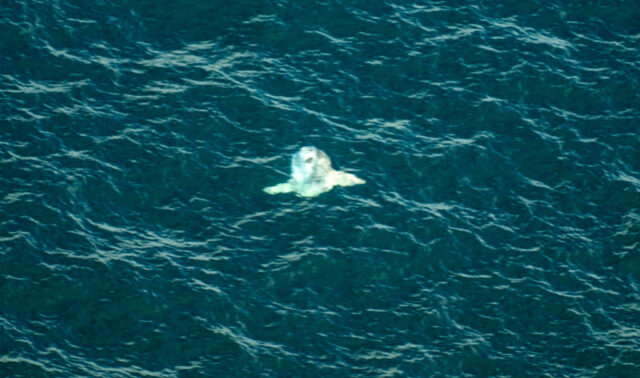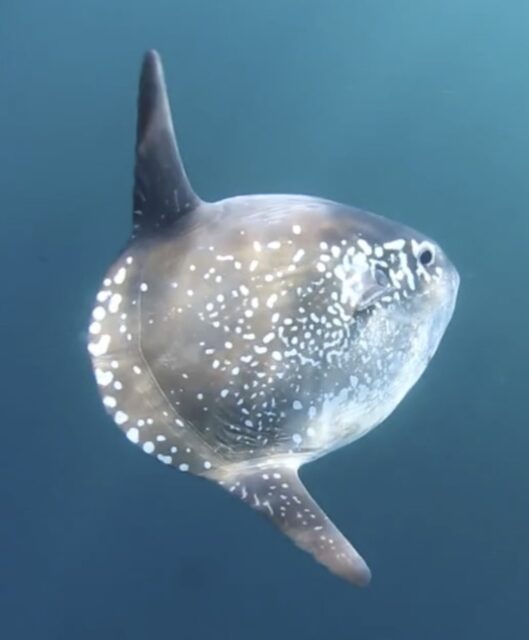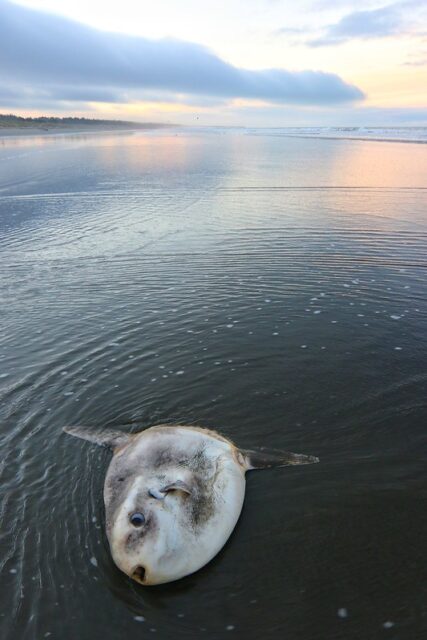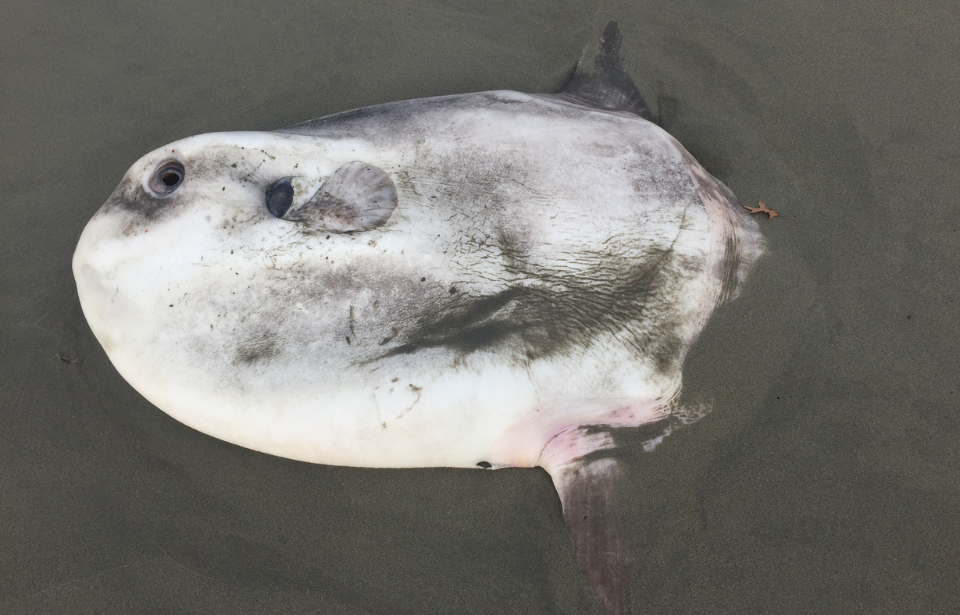Visitors to the Coal Oil Point Natural Reserve at the end of February 2019 would have been quite surprised to see a ginormous grey blob washed up on the beach. Was it a rock? Was it seaweed? As it turned out, it was actually a rare aquatic creature. It took scientists quite a while to figure out what exactly it was, but eventually, they determined it was a hoodwinker sunfish.
All washed up
Jessica Nielsen was working as a conservation specialist at Coal Oil Point, California, and was the first to see the odd specimen, measuring around seven feet long. She was able to tell that it was a dead fish but had no idea what kind. She quickly brought out other staff, who were just as stumped. They decided to take to social media in the hope that someone in the world could help them figure out what had washed up on their beach.

In the meantime, they worked under the assumption that they had found an excessively large ocean sunfish. It wasn’t until the photos reached Marianne Nyegaard that they were told that it could be a hoodwinker sunfish. As the person to first discover the fish years ago, she wanted to get a sample of the discovery so she could make a positive ID. Thanks to the work of Nielsen and Thomas Turner, a professor at UC Santa Barbara, she soon got what she was looking for.
Mola tecta
She said, “I literally nearly fell off my chair (…) there was just no doubt of the ID.” Nyegaard’s excitement is understandable, as the hoodwinker sunfish was only recently discovered, with very few specimens identified. This sunfish, scientifically called Mola tecta, was officially named in 2014 after the first sample was found washed up on a beach in New Zealand. Of course, any discovery is exciting.

Yet what Nyegaard found was extra special as it was the first new sunfish species to be found in 130 years. Until this point, scientists knew that these fish was out there, but they hadn’t been able to find them or describe them. They had always been difficult to study, both because they know how to stay hidden, and because they are difficult to contain because of their size. Not only was the 2019 specimen roughly seven feet long, but it also weighed over 600 pounds.
A long way from home
So researchers were able to find another sample of a relatively new fish, and a gigantic sample at that. Could it get any better? Well yes, it could. As it turns out, the hoodwinker sunfish typically lives in the Southern Hemisphere, near countries like Australia, New Zealand, Chile, and South Africa. This was, obviously, not where the 2019 hoodwinker sunfish was found. California was a long way from home.

This, however, only made the discovery more exciting. While there had been recorded sightings of the fish in the Northern Hemisphere before, the last time it happened was in 1889 in the Netherlands.
More from us: Why Have Garfield Phones Washed Up on a Beach in France for Over 30 Years?
Researchers have absolutely no idea how the sunfish ended up so far from where it usually swims. One possibility is that they just occasionally go out of their normal range. There’s still much research to be done to understand this better.
